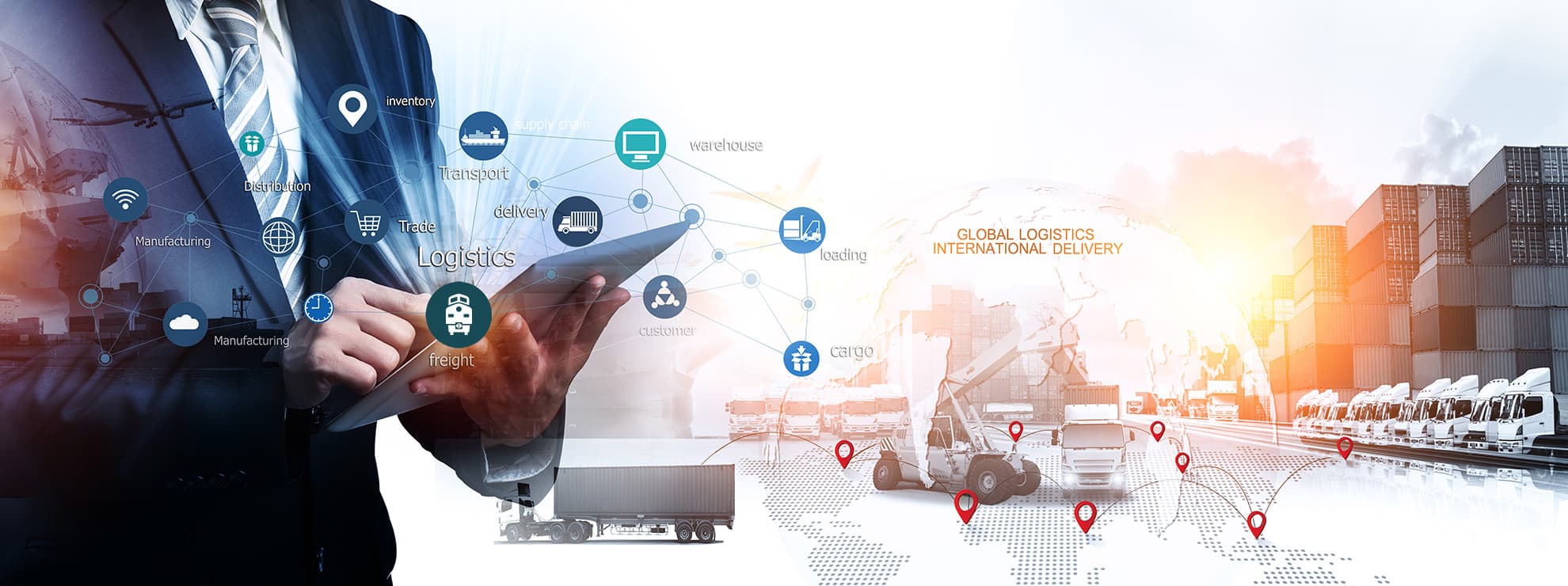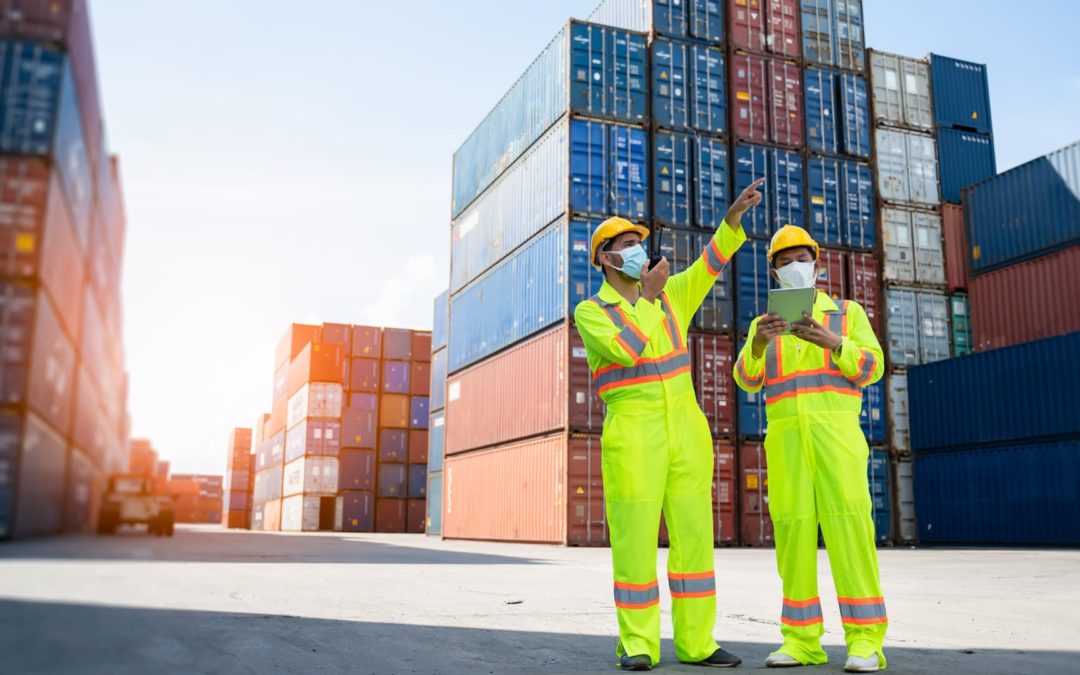With the global pandemic impacting supply chains worldwide, more organizations are taking introspective looks at their own global networks and taking steps to make them more resilient and enduring.
An organization’s ability to absorb stress, recover critical functionality, and thrive in uncertain circumstances, resilience has become a token buzzword for companies whose supply chains couldn’t quite withstand the rigors of the pandemic. More specifically, supply chain resilience allows organizations to maintain relative balance between supply and demand without sacrificing profitability or customer satisfaction, regardless of what’s going on in their markets or economies.
Resilience is also being used to describe companies that were prepared for the disruption that ensued, and that are now well positioned within their respective industries. Regardless of which end of the spectrum your company landed on, supply chain resiliency is probably being mentioned frequently in the boardroom, on the manufacturing floor, out in the warehouse, and across your transportation networks right now.
Credit the global pandemic with making resiliency the supply chain term of the year. “In the midst of the Covid-19 crisis, we have become painfully aware of the fragility of supply chains, health care, and other critical systems,” HBR points out in A Guide to Building a More Resilient Business.
“Many leaders have announced the intention to build back their businesses more resiliently, but not many know how to do so,” the publication continues. “Few business schools teach resilience, and today’s managerial toolkit is dominated by financial performance management. As a result, very few companies are able to explicitly design for, measure, and manage resilience.”

Adapting to the “New Normal”
Developing and sustaining supply chain resilience can be difficult even under “normal” circumstances. When you add the multitudes of factors beyond your control to the mix (e.g., a global pandemic, economic downturn, shifting customer preferences, etc.)—not to mention the unknowns lurking around the next corner, ready to disrupt businesses without warning—it can feel like you’re fighting a losing battle.
In some cases, traditional supply chain metrics, processes, and mechanics are to blame for the level of disruption inflicted by events like COVID. “Prior to the COVID-19 pandemic, supply chain resiliency had become an important issue due to disruptive natural disasters and geopolitical disputes, especially tariffs and trade wars,” Resilinc points out. “Despite the growing likelihood and severity of supply chain disruption, the primary metric companies traditionally used to evaluate suppliers is lower cost, not the impact of disruption on both cost and revenue.”
The good news is that there are ways to strengthen and add resiliency to existing supply chains even if those networks didn’t fare well during the pandemic. In 6 Strategies for a More Resilient Supply Chain, Gartner’s Sarah Hippold discusses change priorities for supply chain leaders, most of whom are focused on balancing cost and operational efficiency with greater resilience.
Just 21% of Supply Chains are “Highly Resilient”
According to Gartner, just 21% of companies currently have what they consider to be “highly resilient networks,” which are characterized by good visibility and the agility to shift sourcing, manufacturing, and distribution activities around fairly rapidly. More than half of its survey respondents expect to be highly resilient within two to three years.
“Most supply chain leaders recognize that becoming more resilient is a necessity in the current environment,” said Gartner’s Geraint John. “However, measures such as alternative factories, dual sourcing, and more generous safety stocks go against the well-versed philosophy of lean supply chains that has prevailed in recent decades.”
The research firm sees inventory and capacity buffers; more diverse manufacturing networks; the use of multi-sourcing and near-shoring; harmonized platforms (i.e., the use of one common vehicle platform to make a variety of different car models); and partnership ecosystems as some of the best strategies for companies seeking more resilience right now.
“The COVID-19 crisis has shown the need to have a diversified approach to sourcing. At the same time, however, collaboration with strategic raw material suppliers and external service partners is also vital to ensure better preparedness and resilience for the future,” Hippold points out. “For companies without the scale to support multiple locations on their own, strong relationships with contract manufacturers and global 3PLs can be vital in diversifying production and distribution to different countries.”
To gain high levels of visibility across these complex networks, more companies are turning to supply chain platforms that enable effective collaboration and data-sharing while leveraging digital tools. By using technology to map out supply networks before disruption occurs, for example, companies not only gain better visibility into their supply chain structures, but they can also avoid-last minute scrambling that ensues when disruption strikes. “They know exactly which suppliers, sites, parts, and products are at risk,” HBR states, “which allows them to put themselves first in line to secure constrained inventory and capacity at alternate sites.”

Supporting the Resilient Supply Chain
IntelliTrans’ Global Control Tower provides high levels of supply chain transparency; aggregates, completes, and enhances data from a variety of sources; offers visibility into and execution of different aspects of the supply chain; and generates data-driven alerts and analytics that ask deeper questions and deliver meaningful insights.
By leveraging tracking information, the Global Control Tower provides analytics that measures key performance indicators (KPIs) like fleet cycle time, origin/destination dwell time, lane and hauler performance, back orders, freight spend, load optimization, and more. With their rate, equipment, lease, tracking, and invoice data in a central repository that’s accessible 24/7, companies can position themselves for success in any market conditions.

